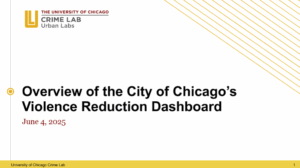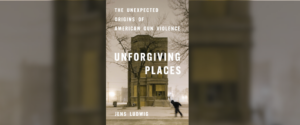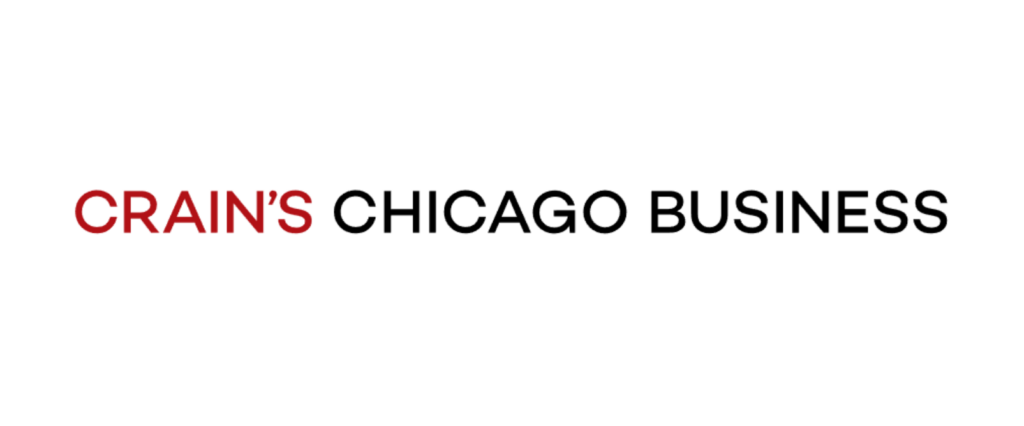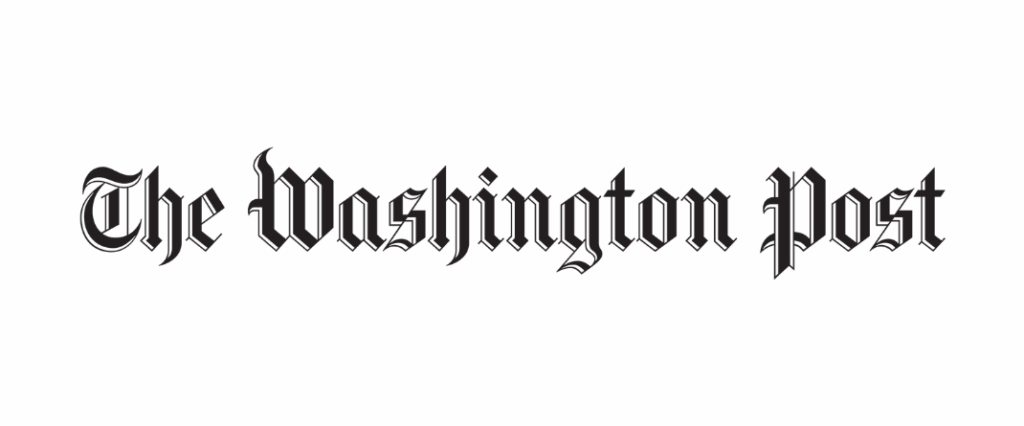Jan 2025
Valuing the benefits of reducing firearm violence in the United States
This paper estimates the monetized value of the impact of reducing firearm violence and how that value is distributed across the population.
Gun violence imposes significant costs, but the best way to quantify these costs is controversial. In line with standard practice in economics and federal directives, we use the contingent valuation method to estimate Americans’ willingness-to-pay (WTP) to reduce gun violence. Households are willing to pay an average of $744 annually for a 20% reduction in gun violence, totaling $97.6 billion nationwide. This estimate is twice as high as a recent cost-of-injury (COI) estimate, suggesting that that method, widely used in health-policy analysis, underestimates the full societal impact of gun violence. Unlike the COI metric, WTP is not strongly correlated with demographic characteristics. The benefits of reducing gun violence are more closely associated with subjective concerns than observed victimization rates.

Webinar: Overview of the City of Chicago’s Violence Reduction Dashboard
The Crime Lab hosted a webinar that explored the City of Chicago’s Violence Reduction Dashboard—a publicly available tool launched to support efforts to reduce gun violence through transparent, real-time data.

Unforgiving Places: The Unexpected Origins of American Gun Violence
Crime Lab Pritzker Director Jens Ludwig authored a book that argues the lack of progress in reducing gun violence ultimately stems from our having misunderstood the nature of the problem, and that behavioral science gives us a new way to understand – and solve – gun violence in America.

Local Gun Violence Dashboards
Chicago’s Violence Reduction Dashboard, launched by the Crime Lab in 2021, is featured in a toolkit created by Everytown for Gun Safety Support Fund as a part of its Gun Violence Data Fellowship.
IL Office of Firearm Violence Prevention
The University of Chicago Crime Lab has partnered with the Illinois Office of Firearm Violence Prevention (OFVP) in support of the OFVP’s goal to use data to focus resources. The Crime Lab prepared the following interactive map to support the RPSA Youth Development Services grantmaking process.
Latest Updates
Police are turning to improv to improve leadership skills
Tyler Dean Kempf, creative director of Second City Works, highlights a partnership between the Crime Lab’s Policing Leadership Academy and The Second City that uses improv to help law enforcement build trust, improve communication, and strengthen relationships.

Violent crime is falling in Chicago. But will it last?
Greg Hinz for Crain’s Chicago Business provides commentary on the city of Chicago’s declining violent crime rates and highlights Crime Lab analysis of homicide data for New York, Los Angeles, and Chicago from 1890-present.

Opinion: The good news about murder
In an op-ed for the Washington Post, E.J. Dionne Jr. highlights recent declines in homicides and shootings in the U.S. and discusses this return to pre-pandemic crime levels with Crime Lab leaders Roseanna Ander, Jens Ludwig, CVI Leadership Academy Executive Director Chico Tillmon, and former Los Angeles police chief and advisor to the Policing Leadership Academy Charlie Beck.

